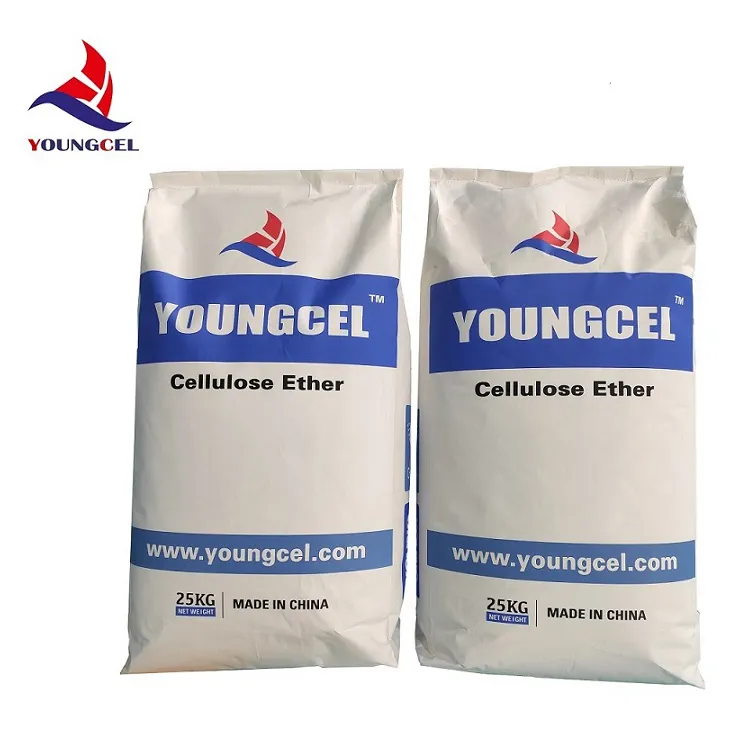Constructing HPMC A Comprehensive Overview
Hydroxypropyl methylcellulose (HPMC) is a versatile and widely used cellulose derivative that has gained popularity across various industries including pharmaceuticals, food, cosmetics, and construction. Its unique properties make it an essential ingredient in numerous applications, primarily due to its thickening, binding, and film-forming capabilities. In this article, we will delve into the construction of HPMC, exploring its manufacturing process, properties, applications, and the future landscape of this remarkable compound.
Manufacturing Process of HPMC
The production of HPMC involves the modification of cellulose, which is derived from natural sources like wood pulp or cotton. The initial step is the alkalization of cellulose with sodium hydroxide. This process transforms the cellulose into a more reactive form known as Alkali Cellulose. Following this, an etherification reaction occurs, usually with propylene oxide and methyl chloride, resulting in hydroxypropyl and methyl groups being introduced into the cellulose backbone. The degree of substitution of these groups can be controlled during the synthesis process, thereby influencing the properties of the final product.
Post-synthesis, HPMC is purified and dried to achieve the desired quality and performance characteristics. The resulting product is a white to off-white powder that is water-soluble and characterized by its ability to form gels and films when mixed with water. The versatility of HPMC is largely attributed to this modification process, as it allows for tailoring the viscosity and solubility characteristics according to specific industrial needs.
Properties of HPMC
HPMC possesses several key properties that contribute to its broad range of applications. Firstly, it acts as an excellent thickening agent, which can enhance the texture and consistency of a product. Its hydrophilic nature allows it to dissolve readily in water, forming a stable viscous solution. Furthermore, HPMC is known for its stability across a wide range of pH levels and temperatures, making it suitable for use in demanding conditions.
Another significant property of HPMC is its ability to form films, which is particularly beneficial in pharmaceutical and cosmetic formulations. This film-forming capability not only helps in controlling the release of active ingredients but also provides a barrier against moisture, thereby enhancing shelf life.
construct hpmc

Applications of HPMC
In the pharmaceutical industry, HPMC is extensively used as a binder in tablet formulations, a stabilizer for emulsions, and as a controlled-release agent. Its safety profile and compatibility with various active ingredients have made it a favored choice among formulators.
In the food industry, HPMC serves as a food additive, offering functions such as thickening, emulsifying, and stabilizing. It is commonly found in sauces, dressings, and bakery products, enhancing the overall quality and sensory experience.
The construction industry has also embraced HPMC, where it is utilized as an additive in mortar, gypsum, and tile adhesives. Its water-retention properties improve workability and adhesion, making construction materials more effective and user-friendly.
Future Prospects
The demand for HPMC is expected to grow, driven by trends towards natural and sustainable materials. As industries increasingly focus on eco-friendly formulations, the biodegradable nature of HPMC positions it as a favorable component in developing green products. Additionally, ongoing research into modifying the properties of HPMC may yield innovative solutions for future applications.
In conclusion, the construction of HPMC plays a pivotal role across various sectors due to its unique properties and versatility. As industries evolve, HPMC is set to remain a crucial ingredient, paving the way for new applications and advancements in product formulations. The potential for innovation and enhancement in HPMC technology ensures that this cellulose derivative will continue to shine as a valuable resource in diverse fields.




